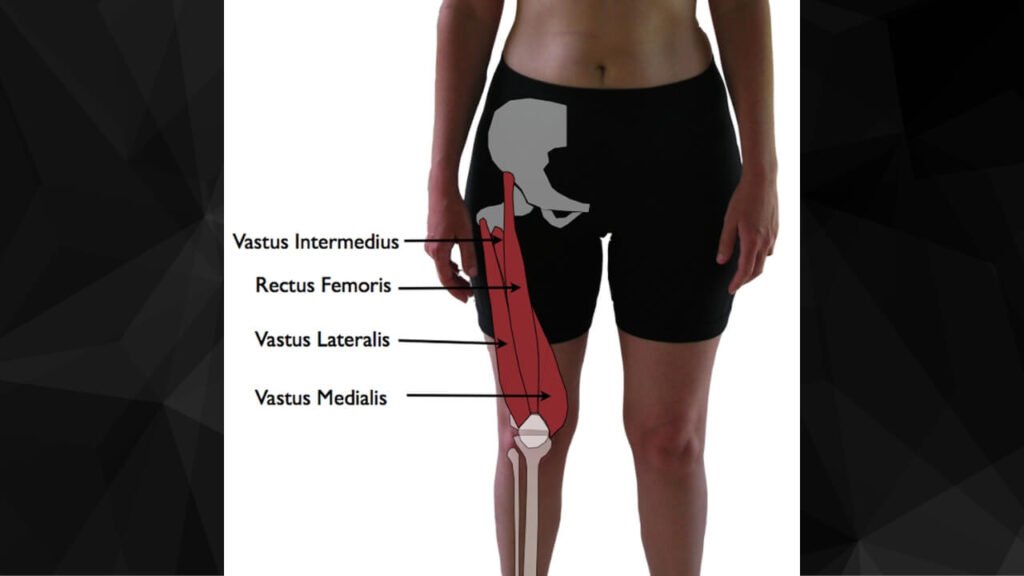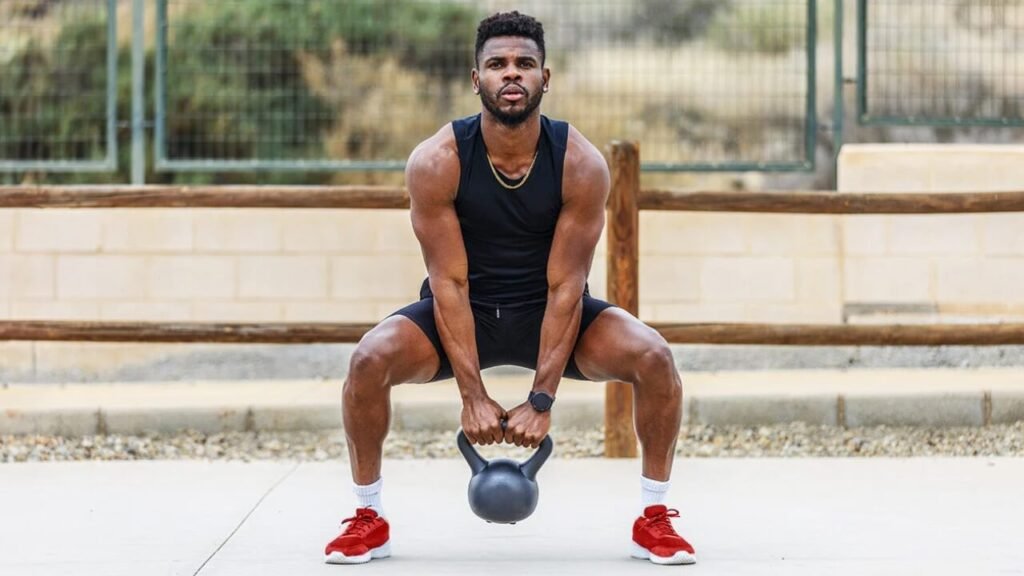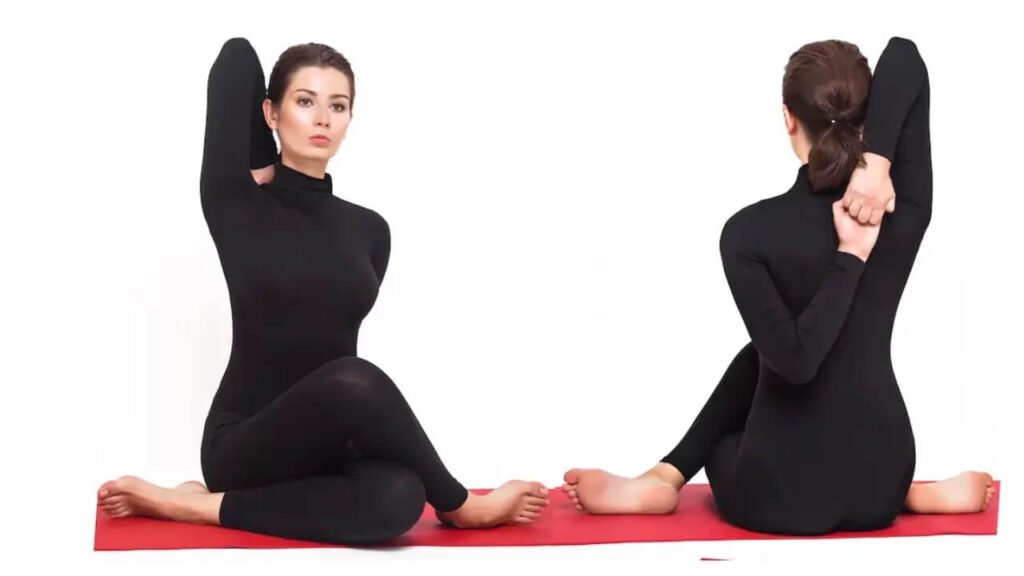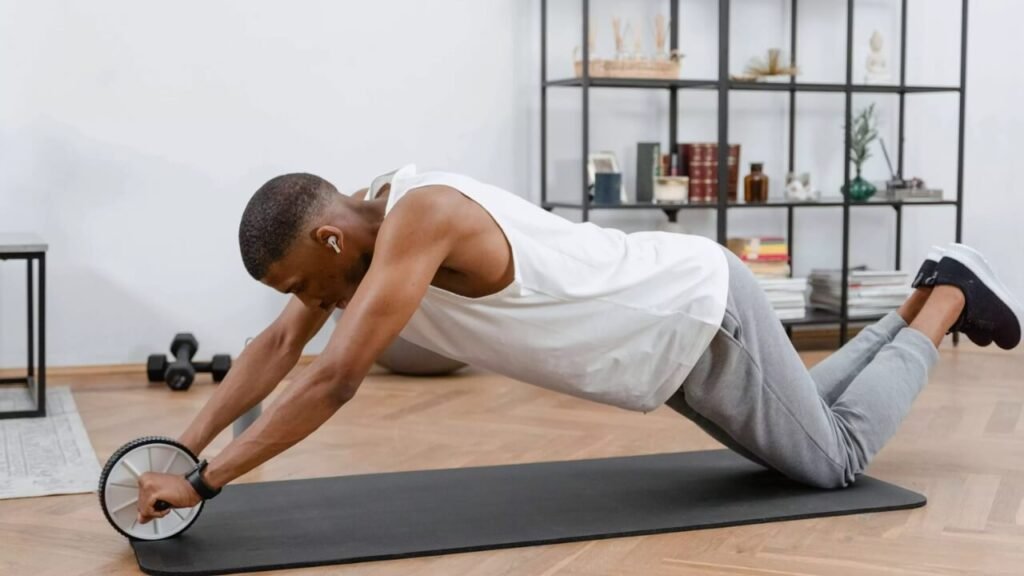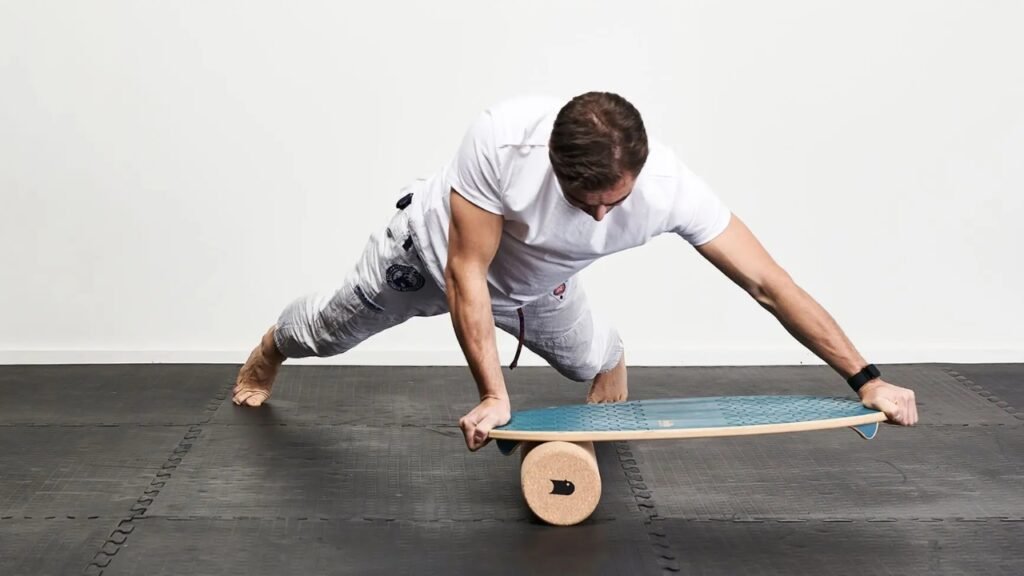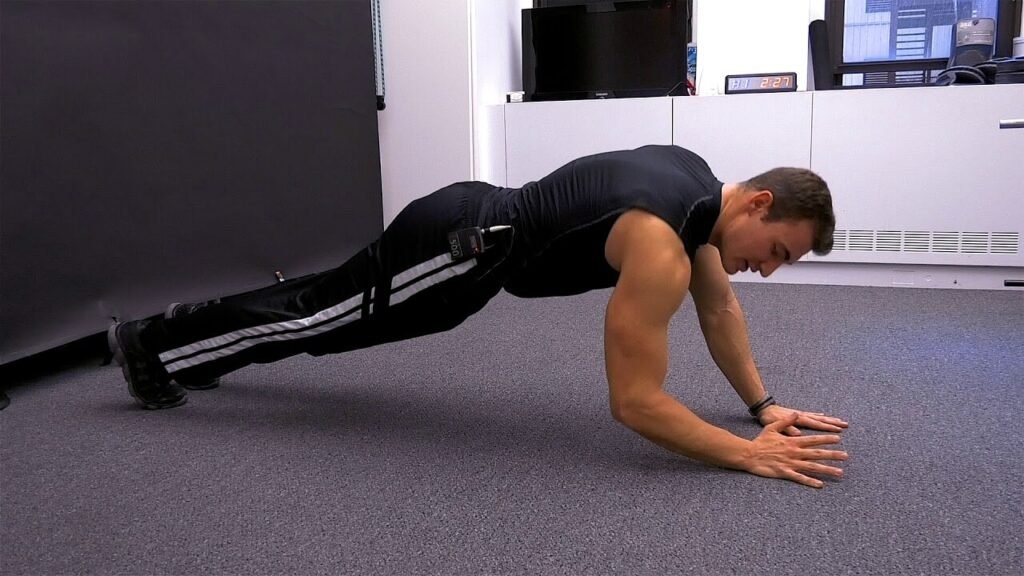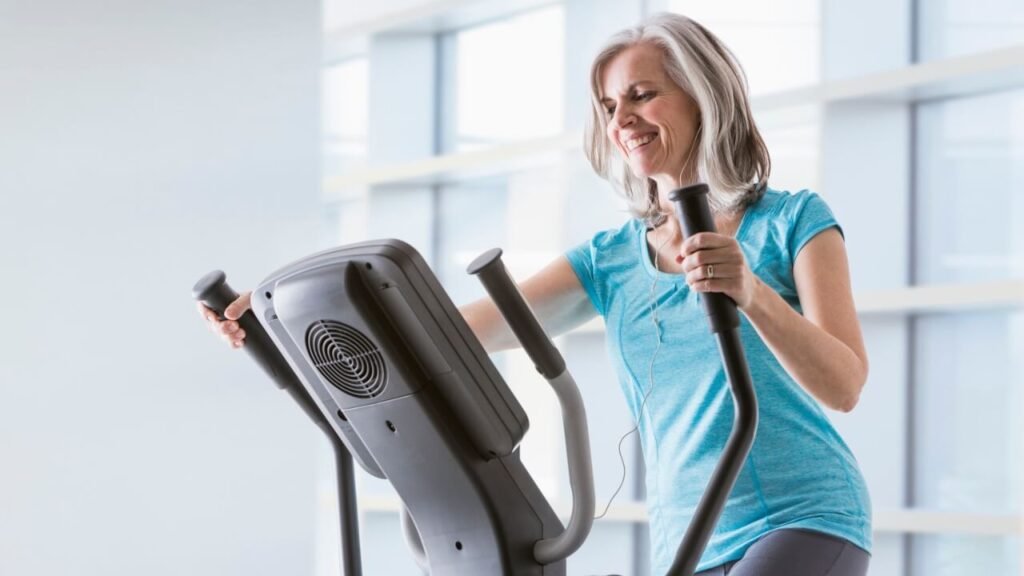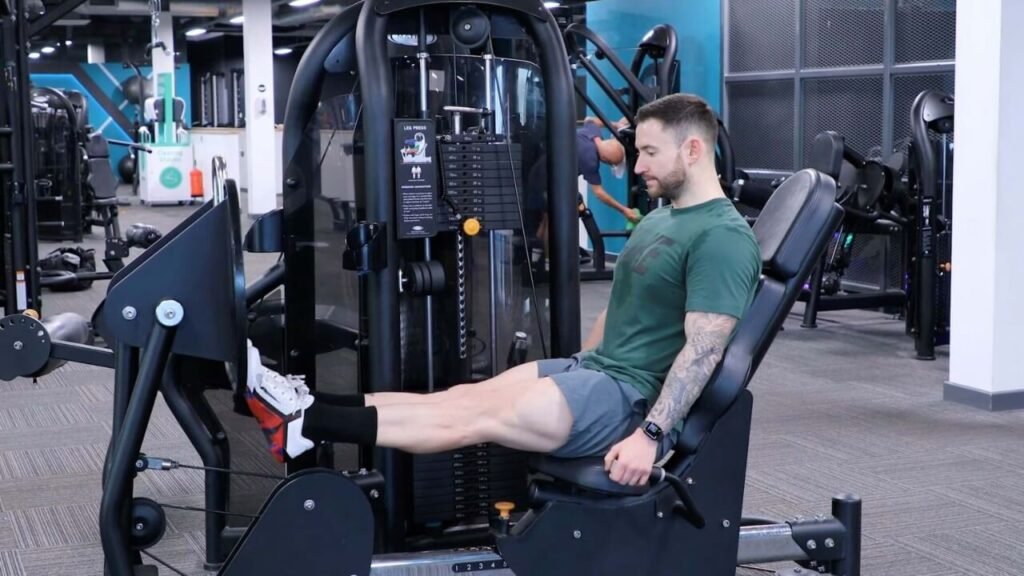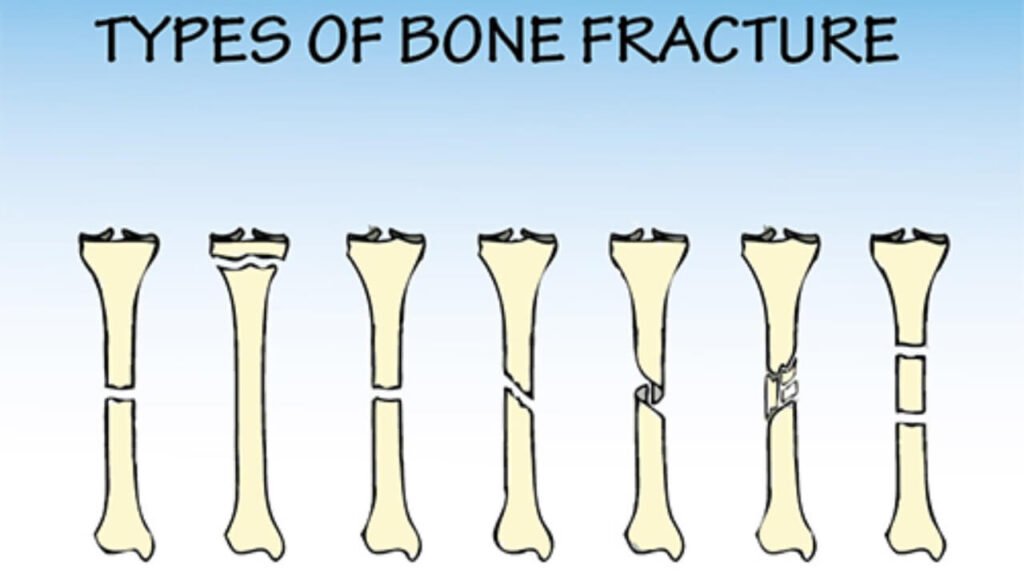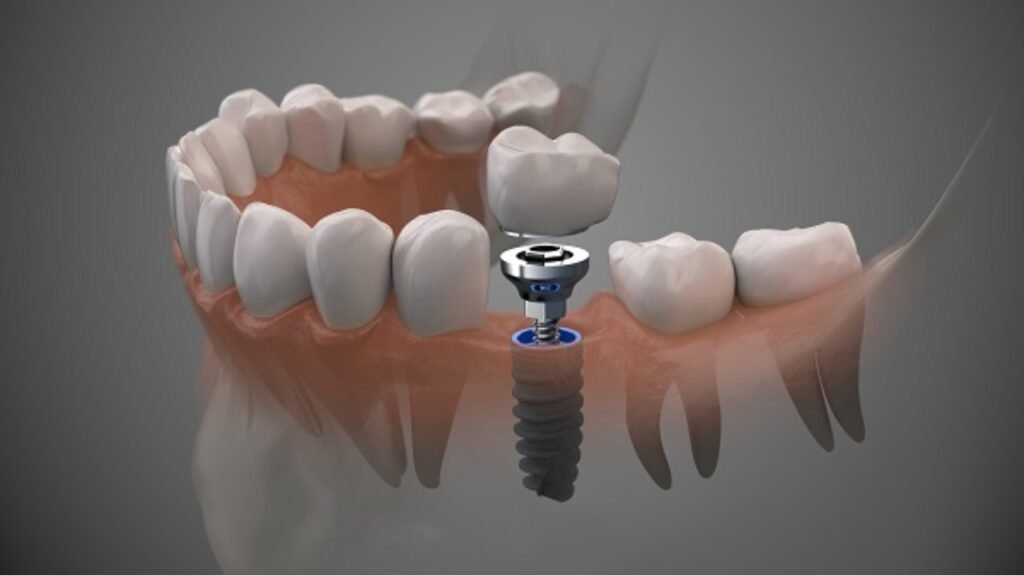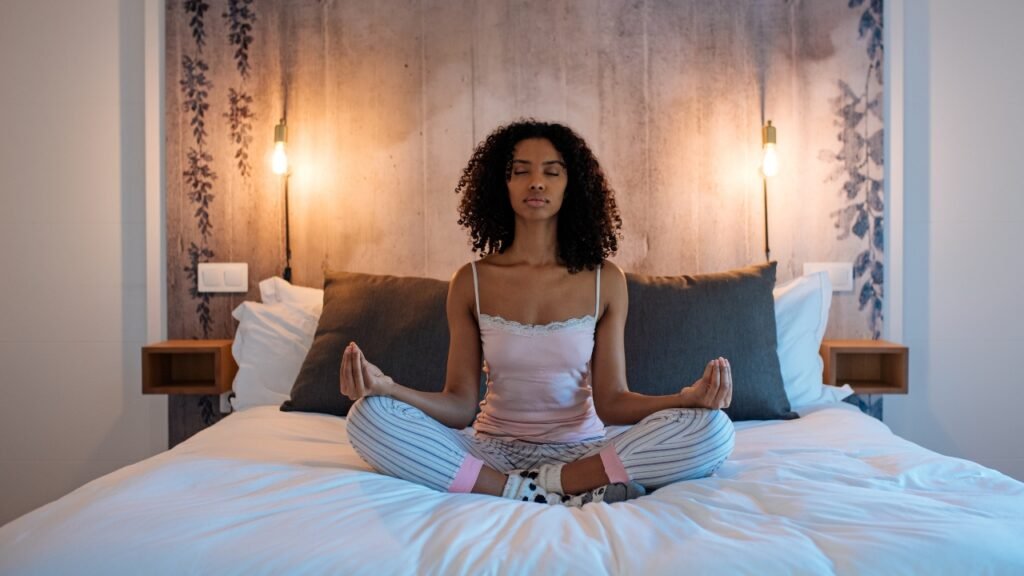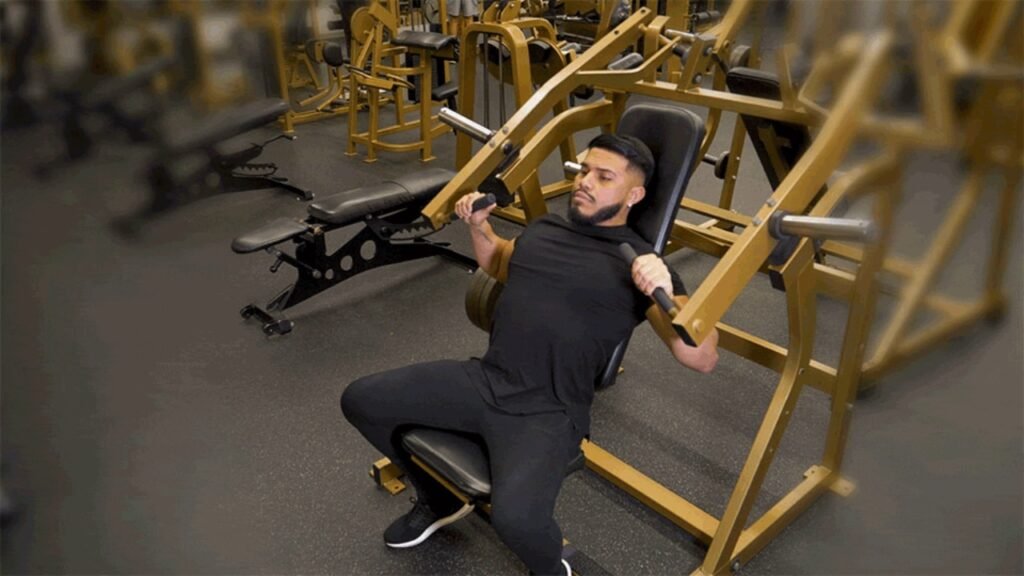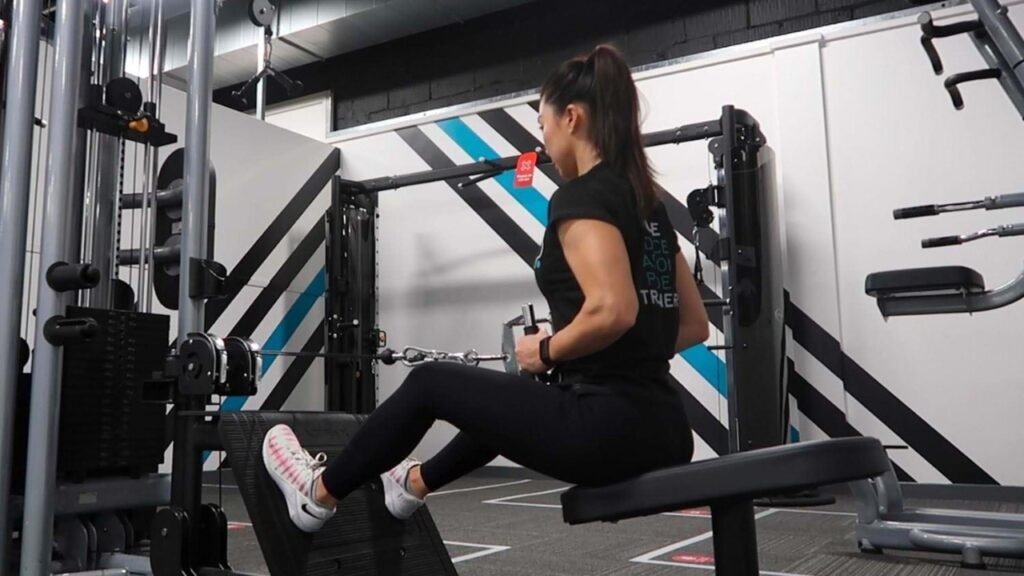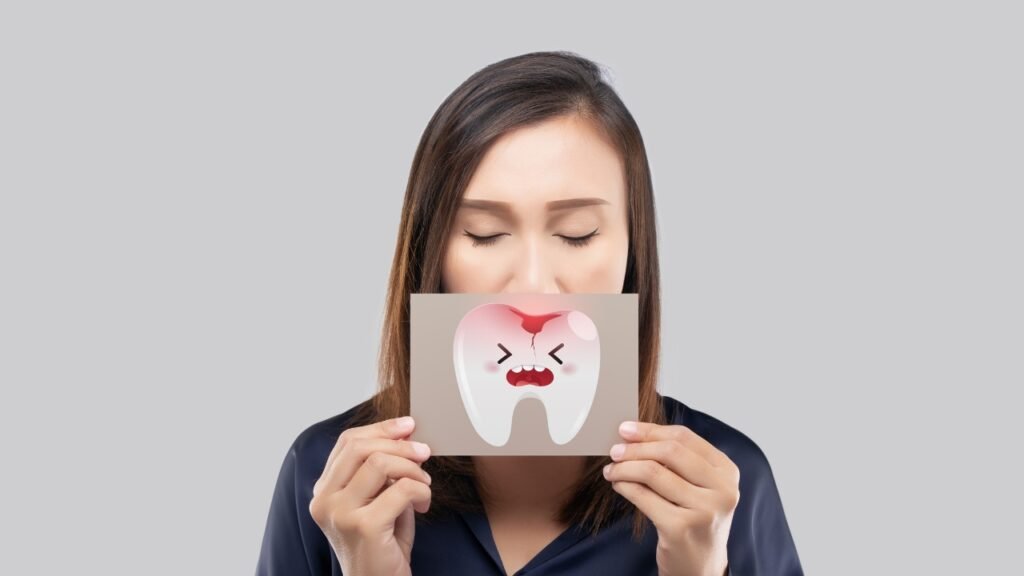Chair Workout for Seniors: Boost Health Fast Without Leaving Your Seat!
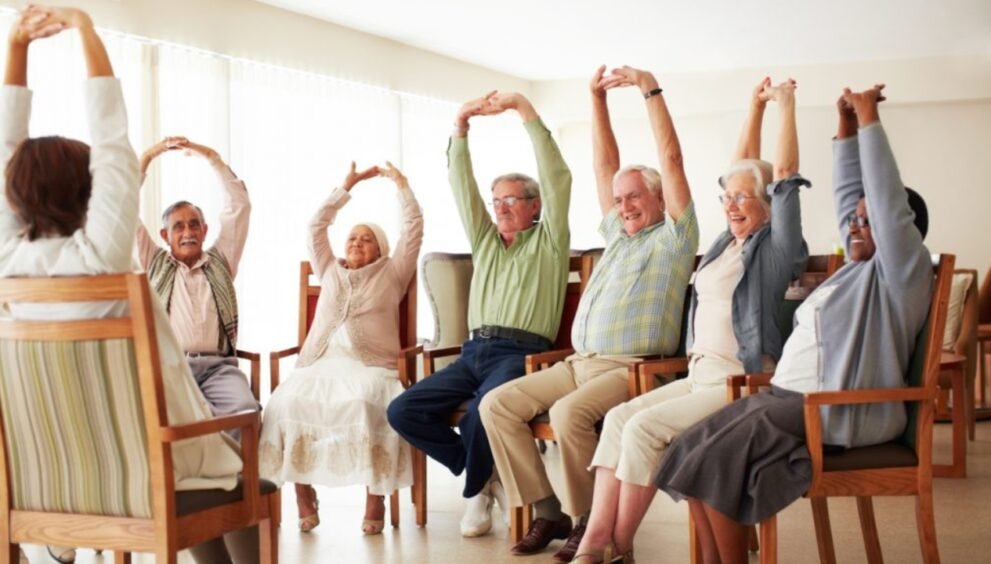
Aging gracefully isn’t always just about growing older—it’s about staying energetic, mobile, and confident in your very own body. That’s why chair workout for seniors has emerged as a simple but effective way to maintain strength, flexibility, and balance without risking damage. For older adults in the United States, especially those with limited mobility or chronic conditions, seated workouts are more than a trend—they’re a lifeline to independence and vitality.
According to the CDC, over 28% of Americans aged 65 and older report falling each year, making fall prevention a top priority. But what if you could reduce that risk, improve your muscle tone, and even enhance your mental health—all from the comfort of your chair? That’s exactly what chair workouts can help achieve.
Let’s explore how this accessible fitness approach empowers older adults to reclaim their physical health while staying safe.
The Science Behind Chair Workout for Seniors
Chair workout provide a low-impact form of exercise that reduces pressure on joints, which is especially important for those managing arthritis, osteoporosis, or recovering from surgery. When done regularly, these exercises stimulate muscle activity, increase circulation, and enhance cardiovascular health.
A study published in the Journal of Aging and Physical Activity found that seniors who participated in chair-based resistance training showed significant improvements in upper and lower body strength compared to a control group. It proves that even seated movement can pack a punch in improving one’s physical resilience.
Tailored to Every Fitness Level
Unlike traditional gym workouts that might feel intimidating or physically demanding, chair exercises cater to a wide range of abilities. Whether you are a senior managing Parkinson’s, using a walker, or simply looking to reintroduce exercise into your life, this workout style meets you where you are.
Because participants remain seated, the risk of losing balance is significantly reduced. This ensures that individuals can focus on their form and breathing without fear of injury, making the experience both safer and more enjoyable.
Key Benefits of Chair Workouts for Seniors
With age, joints naturally stiffen. But that doesn’t mean flexibility is lost forever. Chair exercises gently stretch key muscle groups—shoulders, hips, knees—helping improve range of motion and lubricate the joints. Stretching from a seated position ensures better posture, spine alignment, and joint engagement.
This improved flexibility translates to daily benefits: reaching overhead cabinets, putting on shoes, or walking without discomfort becomes easier and safer.
Enhancing Muscle Strength
Maintaining muscle mass is vital in preventing age-related sarcopenia (muscle loss). Chair exercises often include resistance band movements, light dumbbell lifts, and bodyweight exercises like leg lifts or seated marches. These strengthen the core, arms, and legs, which are crucial for daily function.
Stronger muscles also contribute to better balance and coordination—two key elements in fall prevention.
Supporting Cardiovascular Health
Chair aerobics, such as seated jumping jacks or arm circles with rhythmic breathing, elevate the heart rate gently. This helps improve circulation and reduce the risk of cardiovascular disease without pushing the body to extremes.
For seniors with hypertension or a history of heart problems, chair cardio offers a controlled and safe way to promote heart health under minimal strain.
Boosting Mental Wellness
Physical movement isn’t just about muscles—it’s a major mood booster. Chair workouts release endorphins, which reduce stress and elevate mood. For seniors battling isolation, depression, or cognitive decline, these sessions create structure and a sense of purpose.
According to The Gerontologist, regular physical activity significantly reduces symptoms of anxiety and depression in older adults, especially when performed in group settings—even virtually.
Expert Insight: Why Seated Exercises Work
“Chair workouts bridge the gap between safety and effectiveness for older adults. They offer a holistic approach to mobility, strength, and mental clarity—all while accommodating limitations.”
– Dr. Nancy Simons, Geriatric Physical Therapist
Dr. Simons emphasizes that fitness should never be about limitations but rather about adapting movements to suit your body’s needs. She recommends starting with 10–15 minutes a day and gradually increasing duration and complexity.
Starting a Chair Workout Routine at Home
The beauty of chair workouts lies in their simplicity. All you need is:
- A sturdy, non-slip chair without armrests
- Comfortable clothing
- Optional: resistance bands, light hand weights, or small exercise balls
Make sure the exercise area is clear of rugs or clutter to avoid any risk of tripping when getting on or off the chair.
Sample Routine for Beginners
Although we’re not listing steps, a basic routine may involve slow neck stretches, shoulder rolls, seated knee lifts, toe taps, arm raises, and gentle torso twists. Adding rhythmic breathing and uplifting music can make it even more enjoyable.
Aim for 20–30 minutes of movement, three to five times per week. As you build confidence and strength, you can increase intensity with resistance tools or transition to standing support exercises.
Chair Workout for Seniors: A Community-Driven Movement
More and more senior centers, community programs, and even YouTube channels are offering chair-based workout sessions. From Zumba Gold to seated Tai Chi, these variations are gaining popularity nationwide.
In assisted living centers across the U.S., chair exercises are a daily staple. They not only promote physical fitness but also encourage socialization and mental stimulation. Group classes, whether in-person or virtual, foster a sense of belonging and provide much-needed interaction for seniors living alone.
Addressing Common Concerns and Misconceptions
Some may believe that seated workouts are “too easy” or “not real exercise.” However, science and real-life testimonials prove otherwise. The key is consistency and proper engagement of muscles. It’s not about intensity—it’s about intention.
Another common concern is whether chair exercises are effective for weight loss. While chair workouts may not burn as many calories as high-impact routines, they absolutely contribute to a healthier metabolism and better body composition when paired with mindful eating.
Concluding Thoughts: Movement Is Medicine—Even from a Chai
Chair workout for seniors isn’t just a substitute—it’s a smart, empowering approach to aging well. Whether you’re 65 or 95, movement can be medicine, and staying seated doesn’t mean staying still.
With benefits ranging from improved mobility and cardiovascular health to mental clarity and mood enhancement, these workouts are a gateway to a fuller, more independent life. Embrace the chair—not as a place of rest, but as a powerful tool for transformation.
You may also read
Egg Roll Nutritional Facts Revealed: What’s Inside May Shock You












